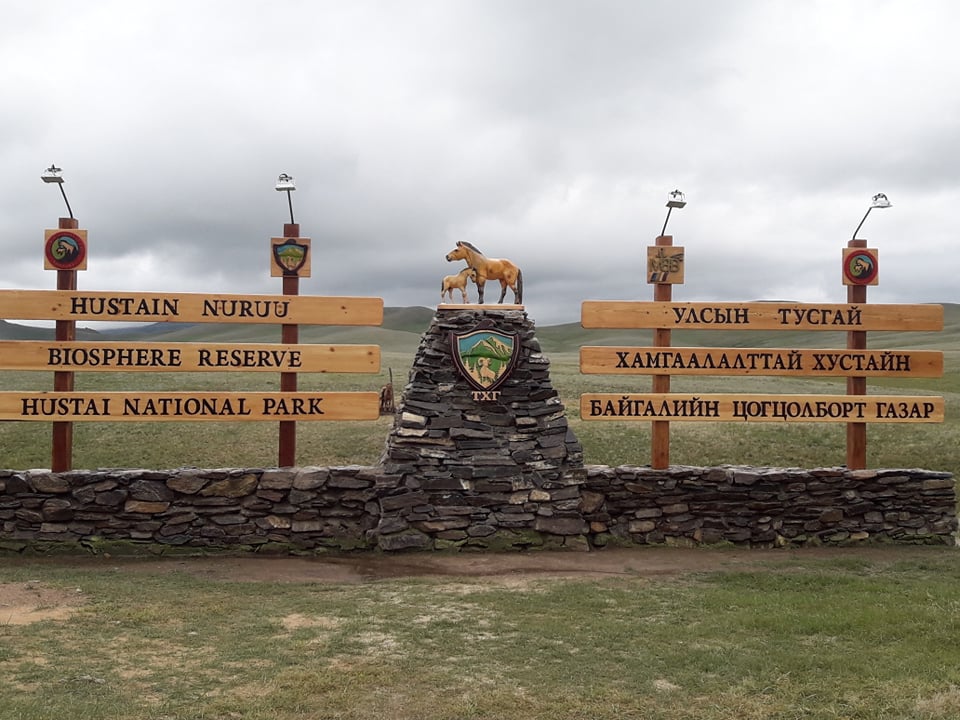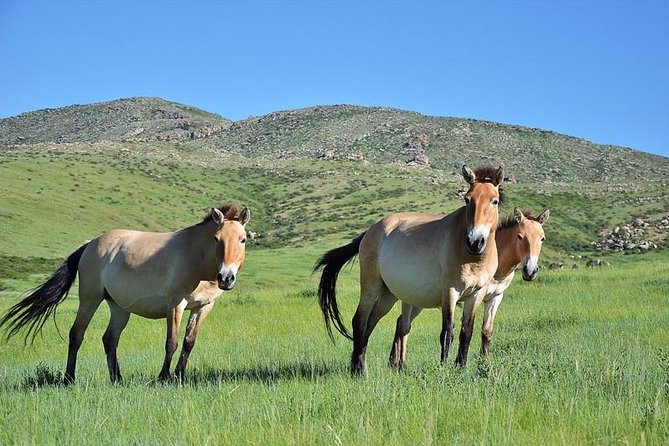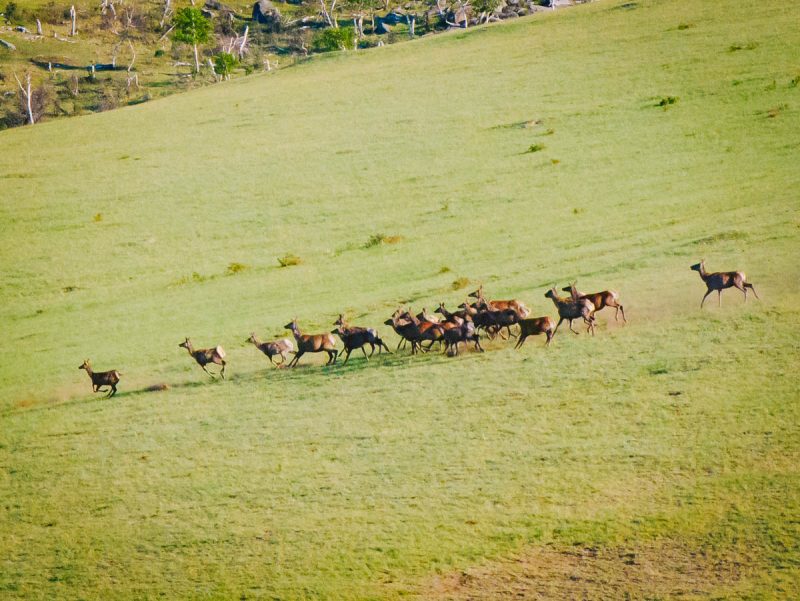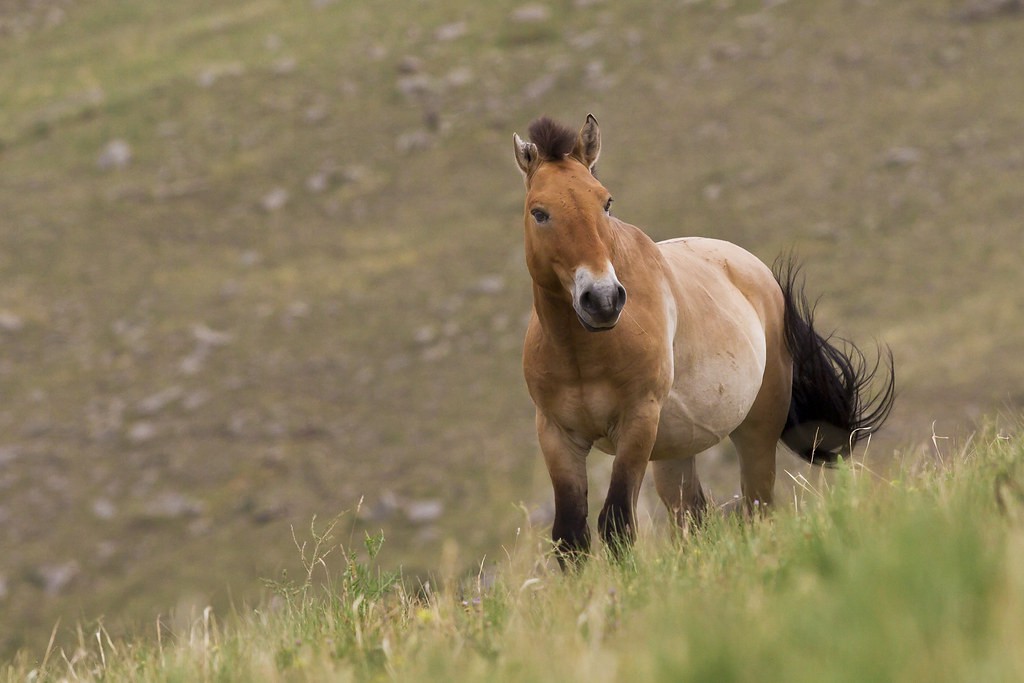Hustai National Park
Hustai mountain range is located on the border of Argalant, Altanbulag and Bayankhangai soums of Tuv aimag. Hustai National Park is unique in that it was established to rehabilitate the world’s rarest wild horse, Przewalski’s Groves (Equus ferus przewalskii Groves, 1986).
Prior to the reintroduction of the Przewalski’s horse, the ridge was an active winter and spring area for local people in Argalant, Altanbulag and Bayankhangai soums of Tuv aimag.
The first horses were brought in 1992, in 1993 the Hustai mountain range was placed under special state protection as a “Reserve”, and in 1998 it was upgraded to a National Park. It is located on the border of Altanbulag, Argalant and Bayankhangai soums of Tuv aimag, 95 km west of Ulaanbaatar. It stretches from southwest to northeast. The average height is 1500-1700 meters.
The highest point is Khushuut Mountain, 1842 meters. The lowest point is the 1190 meters high Tariat spring. The southwestern branch of the Khentii Range is a mountain.
There are more than 10 freshwater streams. There are 2080 hectares of birch forest on the top of the mountain and about 450 species of plants. Red deer, deer, wild boar and various rodents are abundant.
There are 126 species of birds. The Hustai camp, located in the Hustai Mountains region, is open 24 hours a day, winter and summer. Originally, 15 Przewalski’s horses were imported through Russia in 1992.
Since then, 18-20 Przewalski’s horses have been brought in every three years, bringing the total to 84 Przewalski’s horses. The first foal was born in 1993.
Przewalski’s horse is considered to be the ancestor of Mongolian horses. Discovered by Russian scientist NM Przhevalsky in the early 19th century, it was registered as Prezhevalsky’s horse.




